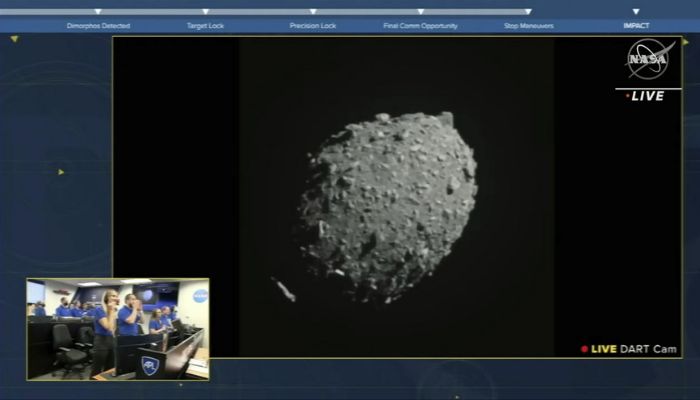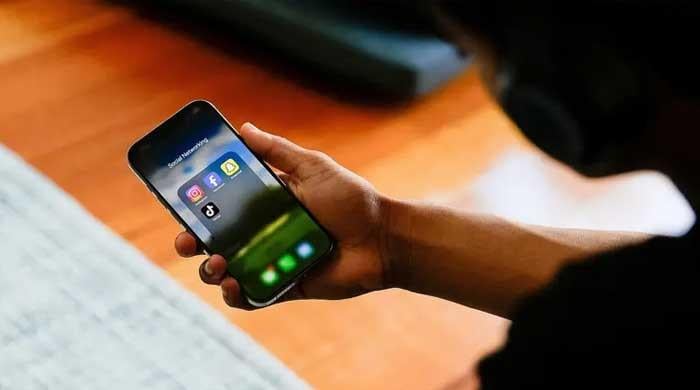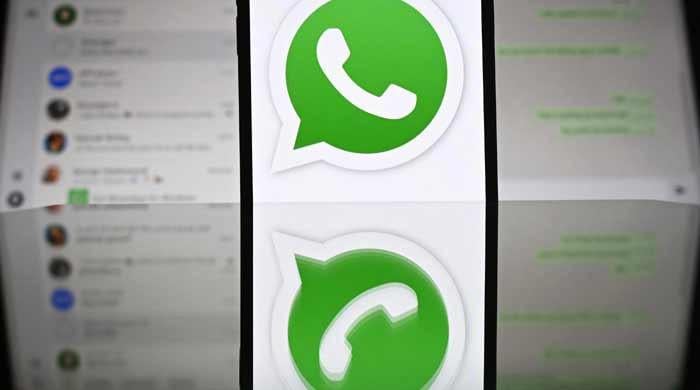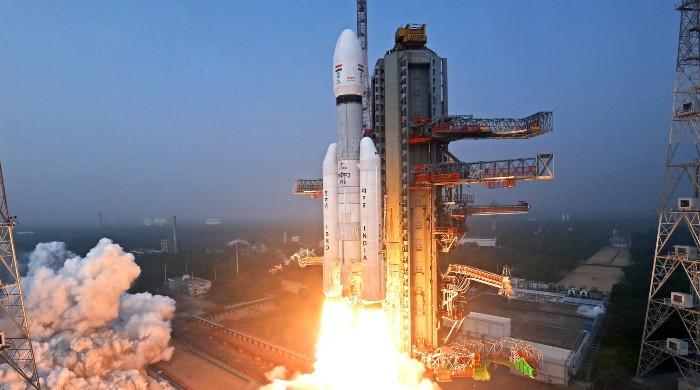Times when 2022 felt like we were in a sci-fi movie
Refrigerator-sized spaceship intentionally crashing into asteroid and other bizarre space events happened in 2022
December 24, 2022

A refrigerator-sized spaceship intentionally crashing into an asteroid, a helicopter attempting to grab a rocket falling back to Earth, and other bizarre space events happened in 2022.
One of the notable occurrences was when millionaires mapped out plans to explore the cosmos and scientists looking for answers to difficult issues.
For the first time, scientists were able to grow plants on the moon and engineers were successful in testing an inflatable heat shield that could be used to land people on Mars. And researchers found that roughly ten years ago, a rare interplanetary meteor struck the planet.
Here is a look back at five occasions when space exploration and travel seemed more like scenes from a Hollywood film than actual events.
Intentionally crashing spacecraft into asteroid
A NASA spacecraft deliberately collided with Dimorphos, a tiny asteroid that orbits Didymos, a larger space rock. While this collision appeared to be straight out of the 1998 film "Armageddon," the Double Asteroid Redirection Test was actually the first experiment done in the name of planetary protection.
On September 26, a lot of viewers tuned in to see the Dimorphos surface emerge into view as DART's cameras returned real-time video. After the spacecraft hit the asteroid, the vision was obscured, but photos of the aftermath taken by Italian satellites and space telescopes showed a stunning scene.
The DART mission represented the first instance in which humans purposefully altered the motion of a celestial body in space.
Heartbeat in space
Since its discovery in 2007, fast radio bursts in space have piqued astronomers' interest, but this year a puzzling radio burst with a pattern resembling a heartbeat increased the ante.
Fast radio bursts, or FRBs, are powerful, millisecond-long bursts of radio waves whose sources are unknown, which only feeds the myth that they have more extraterrestrial than cosmic origins.
Although the "heartbeat signal" is thought to have originated from a galaxy approximately 1 billion light-years away, the exact location and reason for the burst are unknown.
Astronomers also discovered a powerful radio wave laser known as a megamaser and a spinning celestial object that was emitting enormous bursts of energy that were unheard of previously.
Creepy black holes
Black holes are notorious for misbehaving and destroying stars, so when astronomers using the Hubble Space Telescope observed a black hole fostering star formation, they were taken aback.
They discovered a gaseous umbilical cord connecting a star-birthing stellar nursery to a black hole in the heart of a dwarf galaxy. When the black hole's stream of gas met with the cloud, it set off a starbirth fireworks display that resulted in a cluster of forming stars.
A supermassive black hole hiding at the centre of our galaxy was also photographed this year, while Hubble discovered a lone black hole roving the Milky Way. And black hole X-ray waves were transformed into unsettling sounds that we won't soon forget.
Japanese billionaire and artists plan trip around the moon
Yusaku Maezawa, a Japanese fashion billionaire, chose eight guests to travel with him around the moon in SpaceX's yet-to-fly Starship spacecraft. The trio features prominent space YouTuber Tim Dodd, often known as the Everyday Astronaut, and American DJ Steve Aoki.
Separately, millionaire Dennis Tito made his own moon flight arrangements with SpaceX. Tito was the first person to pay for his own trip to the International Space Station in the early 2000s.
Bezos’ rocket explodes mid-air
As seen in a live video feed of the mission, a rocket from Jeff Bezos' space company Blue Origin failed mid-flight shortly after liftoff, aborting its cargo capsule to safety before falling into the Texas desert.
The rocket launched from Blue Origin's West Texas launch facility on the company's 23rd New Shepard mission with no passengers on board, with the objective of sending NASA-funded experiments and other payloads to the edge of space to float for a short period of time in microgravity.
"During today’s flight, the capsule escape system successfully separated the capsule from the booster," Blue Origin tweeted after the mishap. "The booster impacted the ground. There are no reported injuries; all personnel have been accounted for."









